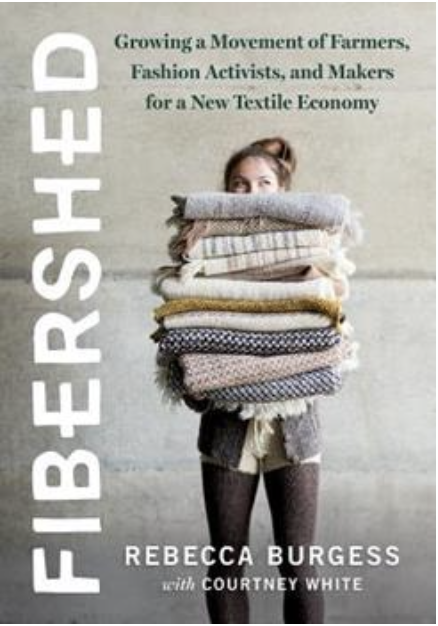What is Sustainable Fabric?
My big goal for this year was to finalize some of my street wear designs and get them out into the world. I wanted to do interviews with my friends and help them craft the perfect wardrobe for their creative, busy lives, and take pictures of them living those lives in the clothes that I made. But fabric. It takes a whole lot more fabric to make real clothes to give to your friends in exchange for their modeling services than it does to make underwear. I have to have the capital to get the ball rolling on something like that.
And what fabric do I choose. It seems like every option has a trade off. It is organic, and made with fair labor, but it comes from the other side of the world, it is a fast easy growing plant but requires chemicals to process, it is a sustainable, minimally processed fiber, but I have no idea what kind of dyes they use, can I possibly dye every last piece I make? One of my favorite options that I had decided on last year has almost entirely disappeared from the market. Maybe I am missing some insider information about what is going on with that.
There are a lot of factors that affect the sustainability of a material; How the plant is grown, is it a quickly renewing plant, or one that takes a long time to grow, how much water does it take and how many herbicides and pesticides are needed, does it strip the soil of nutrients, can it be rotated with other useful corps to replenish what it uses, how are the famers compensated, how far is the field where it is grown from the plants that turn it into a useful fabric, what is the quality of life for the factory workers, are they paid fairly, do the conditions make them sick or risk injury, does the factory pollute it’s local environment, damaging natural resources and eco systems, making people and animals sick or contaminating water, so that it is no longer useable, the same questions go for the dyeing process if it is in a different location from the mill, how far does it have to travel to get to me, am I using the fabric wisely, with designs that fit well onto the rectangular yardage and don’t leave large unusably shaped pieces, do I recycle the scraps I do make, as I grow are my products priced so that I can employ fairly compensated help and in a facility with a high quality of life? These are all of the moving parts I am trying to hold in my hands.
And the cost. If I buy the best fabrics that have the highest standards, will any of my potential customers be able to afford the finished product. And then I started reading Fibershed, by Rebecca Burgess, and my ideals got even higher. Most of the organic cotton grown in the USA comes from Texas, but all of the mills are on the east coast. Where do I need to live, long term, in order to minimize the travel distance from soil to soil for my fabric? I want everything to be biodegradable for it’s end of life cycle, but I don’t want to compromise function and longevity on underwear by going spandex free, then I find out another company uses a particular type of spandex that is biodegradable. How can I find an organic cotton with that woven in? Where do I even start?
Obviously, these are not all attainable to me right now, but it’s good to have a vision for where I can grow. Any small business is walking a tightrope. In order to stick around I have to properly compensate my business for the products I make and sell, and in order to function, in order to serve the purpose I set out for, I have to price things at a level that is possible for my customers. I am not looking to compete with Target. I want to sell you things that will last and be an integral part of a curated wardrobe that supports your life. On the other hand, I have been the person, still am most of the time, who knows the value of an ethically made product, but still can’t afford it.
The other side of the coin is quality. Because we life in a system that was designed to make as much profit as possible for the top economic class, no matter the cost, and choke out competition, no small business, just starting out can achieve every standard of sustainability that they would like to. There is a tendency to be afraid you are going to be called out. “You claim to be an ethical business, but XYZ.” Ultimately, I think that I have to be transparent about the trade-offs, even if I may get criticized for which ones I choose. I am going to continue prioritize human rights and fair labor practices, and pollution to local environments over the vagaries of carbon foot print. As my fellow small business owner, Mrs. Emily has said, fair wages and inclusive sizing are not the goal, they are the non-negotiable requirement. Good design is what we do once the ethics have been established.
So for now I am sticking with what we love in the underwear, but I’m going to sample some pieces in made in the USA organic cotton, if I can find some with spandex in it. I am going to be messaging suppliers I have used to learn about their facilities, and ordering a bunch of samples to find fabrics I love from supply chains I trust, and I’m going to keep dyeing a lot of them myself, and testing the patterns to fit our diverse bodies, and get them to you at the best price I can, and as we grow, together, I will have the ability to make bigger changes in the supply chains.




